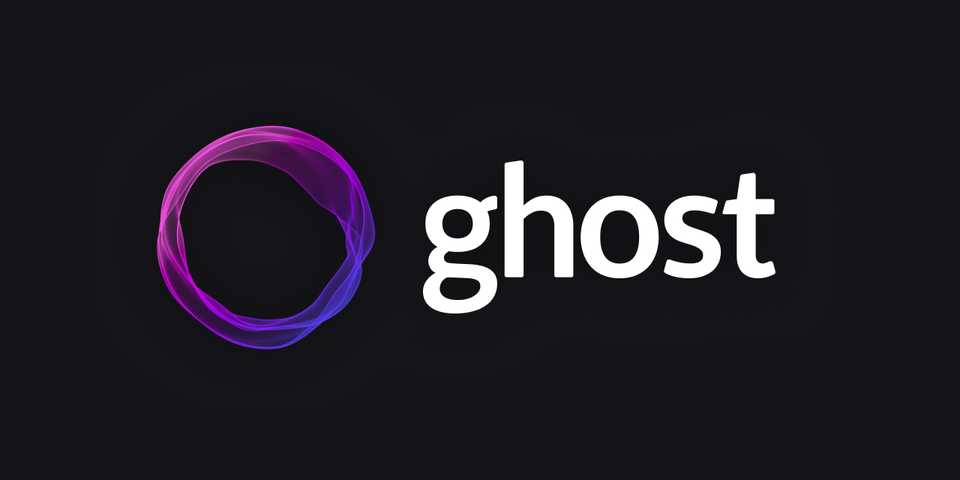Firebase and Firestore: The Dynamic Duo of Modern App Development

In the fast-paced world of app development, Firebase and Firestore are the equivalent of a superhero team-up, offering developers powerful tools to build scalable, real-time applications without the headaches of managing complex backends. Whether you’re building a chat app, an e-commerce platform, or the next social media phenomenon, Firebase and Firestore have your back.
What Is Firebase?
Firebase, a product of Google, is a comprehensive backend-as-a-service (BaaS) platform designed to accelerate app development. It’s not just one tool—it’s a suite of services that handle authentication, databases, analytics, hosting, and more. Launched in 2011 and acquired by Google in 2014, Firebase has become the go-to solution for developers who want to focus on building features, not infrastructure.
What Is Firestore?
Firestore, officially known as Cloud Firestore, is Firebase’s real-time, NoSQL database. Think of it as Firebase Realtime Database’s cooler, more versatile cousin. Built on Google’s cloud infrastructure, Firestore is optimized for real-time updates, offline capabilities, and seamless scaling.
Unlike traditional databases, Firestore stores data in collections and documents (similar to JSON), making it incredibly flexible and developer-friendly. Whether you’re syncing chat messages or managing user-generated content, Firestore ensures your data is always up-to-date.
Firebase: The Powerhouse Features
- Authentication
A ready-made solution for user sign-in, Firebase Authentication supports email/password, phone, and third-party providers like Google, Facebook, and GitHub. - Realtime Database
The OG Firebase database for syncing data across clients in real-time. - Cloud Firestore
A modern database with advanced querying, scalability, and offline support. - Cloud Functions
Write backend logic with serverless functions that scale automatically. - Hosting
Deploy your web apps quickly with a secure, globally distributed content delivery network (CDN). - Cloud Messaging
Send push notifications to keep users engaged. - Analytics and Crashlytics
Gain deep insights into user behavior and app performance.
Firestore: The Core Benefits
- Real-Time Synchronization
Firestore syncs data across all connected clients in real time, making it perfect for apps like chat platforms, live feeds, or collaborative tools. - Offline Capabilities
Firestore works even when users are offline, automatically syncing changes once they reconnect. - Flexible Data Model
Its document-based structure is intuitive, allowing developers to easily store and retrieve nested data. - Advanced Querying
Firestore supports compound queries, range filters, and sorting, giving you the power to retrieve data precisely how you need it. - Scalability
Built on Google Cloud, Firestore can handle apps with millions of users without breaking a sweat.
The Pros: Why Firebase and Firestore Shine
- Time-Saving Development
Firebase handles the heavy lifting, from authentication to database scaling, letting you focus on building features. - Real-Time Capabilities
Both Firestore and Realtime Database allow for real-time updates, making them ideal for dynamic, user-driven apps. - Cross-Platform Support
Firebase’s SDKs support iOS, Android, web, and more, ensuring seamless integration across platforms. - Serverless Infrastructure
With tools like Cloud Functions and Firestore, you don’t need to manage servers or worry about scaling. - Robust Security
Firebase Security Rules give you fine-grained control over data access, ensuring your app stays secure. - Seamless Google Cloud Integration
Firestore integrates smoothly with Google Cloud products, offering powerful analytics, machine learning, and storage options.
The Cons: No Rose Without Thorns
- Cost Management
Firebase offers generous free tiers, but as your app scales, costs can skyrocket—especially if you have high read/write operations. - Vendor Lock-In
Once you’ve built your app around Firebase, migrating to another platform can be challenging and time-consuming. - Limited Querying in Realtime Database
While Firestore has advanced querying, Realtime Database is more basic, which can be restrictive for complex apps. - Learning Curve for Complex Apps
While Firebase is easy to start with, mastering advanced features like security rules or Cloud Functions can take time. - Latency for Global Users
Although Google’s infrastructure is fast, apps with a global user base may experience minor latency in specific regions.
When to Use Firebase and Firestore
- Startups and MVPs: Firebase helps you launch quickly without worrying about backend infrastructure.
- Real-Time Apps: If your app requires instant updates, like chat apps or collaborative tools, Firestore is a perfect fit.
- Cross-Platform Apps: With support for mobile, web, and desktop, Firebase simplifies multi-platform development.
- Scaling Applications: If you anticipate rapid growth, Firestore’s automatic scaling is a game-changer.
The Future of Firebase and Firestore
Google is continuously enhancing Firebase, adding features like Machine Learning integrations, AI-powered tools, and improved analytics. Firestore, in particular, is set to become even more powerful with advanced querying options and tighter integrations with other Google Cloud services.
Whether you’re a solo developer or part of a large team, Firebase and Firestore offer everything you need to build, grow, and scale your app. In a world where speed and scalability are king, these tools are indispensable.
So, what are you waiting for? Dive in, and let Firebase and Firestore take your app to the next level. Because in today’s competitive app market, it’s not just about building—it’s about building smart.




